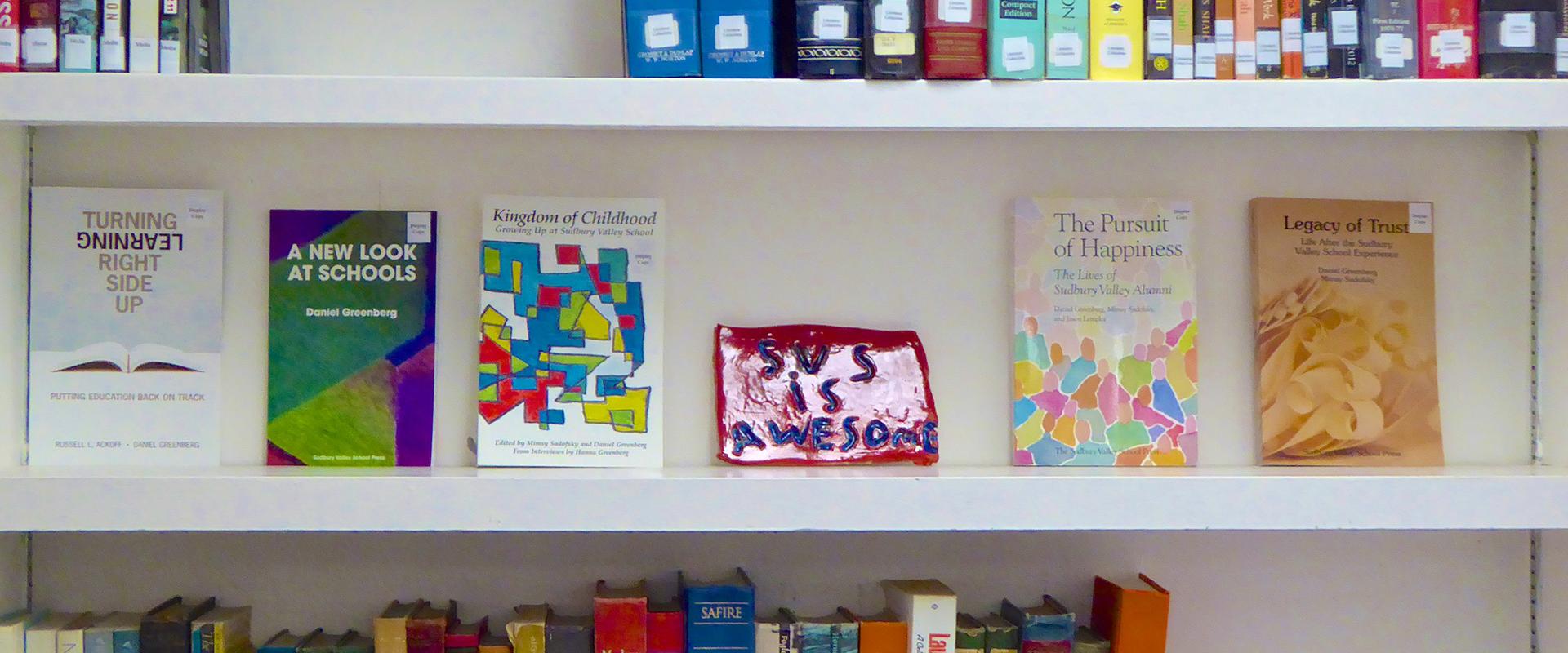This article is reprinted from The Field, the newsletter of Fairfield School.
There is a debate among educators regarding the best way to teach reading and writing. In one camp are the whole language proponents. They believe that reading and writing must be presented in context, working with content that has meaning. They teach children to read whole words from the beginning. To that end, in a whole language class of first graders, you could find them scribbling away, writing stories before they have learned anything else.
The other camp is populated by the phoneticians. This is the more traditional, back to basics approach. Phonics means ”of, or pertaining to, speech sounds”. So this camp stresses drills teaching the sounds letters make, such as “TH makes the sound thhh”. The next step is to work on short words that are similar like “cat, bat, sat, mat”. Most of us can probably remember learning to read this way.
I have heard tales of both disappointment and satisfaction from parents with children in the very same elementary school that has embraced the whole language technique. Why would one child learn well with it and another have a bad experience?
Could it be that the experts have missed a central truth about how children learn reading and everything else?
My oldest two children are beginning to read. They are at Fairfield School, a Sudbury Model School where self-directed learning is the core of the school experience. What motivated me to write about all of this is seeing these two children tackle the challenge of becoming literate so differently.
One of our children is interested in computer games designed for older kids and adults that are dependent on reading and some typing. From playing these games he has picked up the ability to read without “sounding out”. He read “cavalry archer” to me before I had any idea he could read a word. He obviously had been deploying lots of mounted bowmen in his games and had memorized the look of those words. When he started to read words like “Byzantine”, I really took note and started to think “what is going on here?”. Next, he started to write out whole fantasy “campaigns” with all sorts of scribbles, marks and cryptic diagrams but no actual words. Besides being unbearably adorable, this struck me as a classic whole language approach to literacy.
Now, after being able to read many words for almost a year he sometimes asks for a bit of help with phonics now and then. He is clearly well on his way to becoming fully literate.
Our other child is interested in the structure of language. He will fill pages and pages with letters and copied words. He wants to know about the rules of spelling, upper and lower case printing and so on. One of his favorite word games is to randomly print letters together and ask, “does this spell anything?” If it did, then he carefully studies the word and repeatedly prints it out. This is just beginning, but it seems clear that he will be learning to read by mastering phonics.
One thing that I love about Sudbury schools is that children not only have the freedom to chose when and what to learn, but also how to learn. While the experts debate, our children are lucky to be at a school that respects children’s innate wisdom and intelligence and supports them on the unique path it takes them on.

